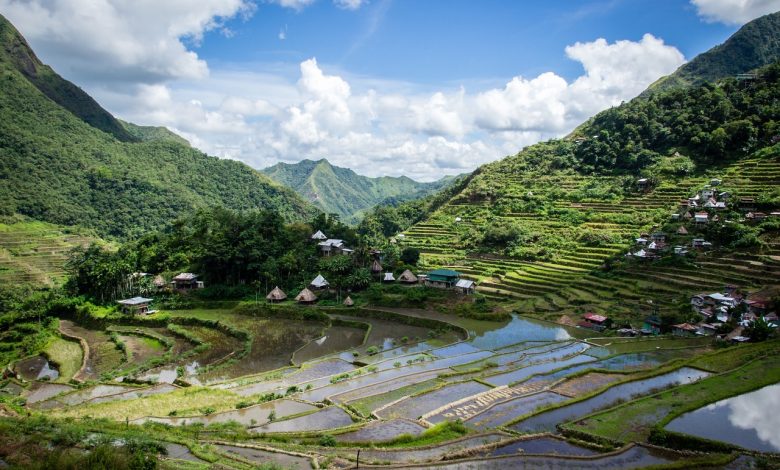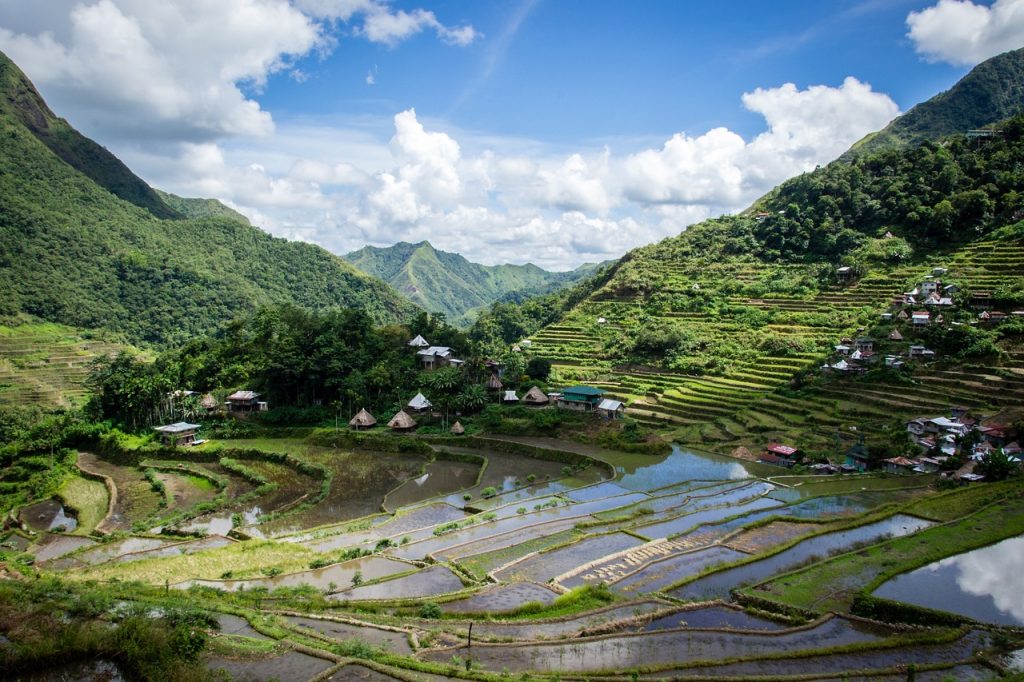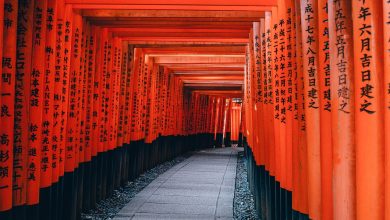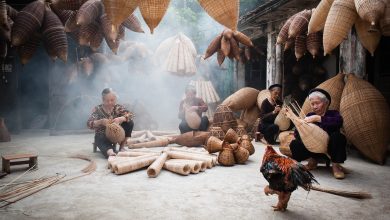Philippines Travel Guide 2024: Itineraries, Top Places, and Beaches


Introduction
The Philippines, a tropical paradise in Southeast Asia, offers an extraordinary blend of natural wonders, rich cultural heritage, and vibrant cities. With over 7,000 islands, the archipelago is a haven for beach lovers, adventure seekers, and history enthusiasts. Planning your trip to the Philippines in 2024? This guide will provide you with detailed itineraries, top places to visit, and the best beaches to ensure you have an unforgettable experience.
Why Visit the Philippines in 2024?
Emerging Travel Trends
Travel trends in 2024 are leaning towards sustainable tourism and off-the-beaten-path destinations. The Philippines is emerging as a top destination for eco-conscious travelers due to its efforts in promoting sustainable practices and preserving its natural beauty.
Cultural Festivals and Events
The Philippines is known for its lively festivals. In 2024, immerse yourself in the vibrant culture by attending festivals such as Sinulog in Cebu, Ati-Atihan in Aklan, and Pahiyas in Lucban. These events offer a glimpse into the country’s rich traditions and provide a colorful, festive atmosphere.
Weather and Best Time to Visit
The Philippines has a tropical climate, with the best time to visit being the dry season from November to April. This period offers the perfect weather for beach outings, island hopping, and outdoor adventures.
Essential Travel Information
Visa Requirements
Most travelers can enter the Philippines without a visa for stays of up to 30 days. However, it is essential to check the specific requirements for your nationality and plan accordingly.
Currency and Budgeting
The currency in the Philippines is the Philippine Peso (PHP). Budget travelers can enjoy the country with a daily budget of around $50, while those looking for a more luxurious experience should budget at least $100 per day.
Language and Communication
While Filipino and English are the official languages, English is widely spoken, making it easy for travelers to communicate. Learning a few basic Filipino phrases can enhance your travel experience and help you connect with locals.
Top Itineraries for Different Travelers
7-Day Itinerary for First-Time Visitors
Day 1-2: Manila Exploration
Start your journey in the bustling capital, Manila. Visit historic sites like Intramuros, Fort Santiago, Rizal Park, and the National Museum.
Day 3-4: Banaue Rice Terraces
Travel north to witness the breathtaking Banaue Rice Terraces, a UNESCO World Heritage site. Enjoy hiking and experiencing the traditional Ifugao culture.
Day 5-7: Beach Time in Palawan
End your trip in Palawan, exploring the pristine beaches and crystal-clear waters of El Nido and Coron. Indulge in snorkeling, island hopping, and relaxing by the beach.
10-Day Adventure for Nature Lovers
Day 1-3: Cebu’s Hidden Gems
Discover Cebu’s stunning waterfalls, including Kawasan Falls, and explore historical landmarks like Magellan’s Cross.
Day 4-6: Bohol’s Chocolate Hills
Head to Bohol to marvel at the Chocolate Hills and visit the Tarsier Sanctuary. Don’t miss the Loboc River Cruise for a unique dining experience.
Day 7-10: Diving in Dumaguete
Dive into the underwater world of Dumaguete, known for its diverse marine life and exceptional diving spots like Apo Island.
14-Day Cultural and Historical Journey
Day 1-3: Historic Sites in Manila
Spend the first few days exploring Manila’s rich history, including Intramuros and the National Museum Complex.
Day 4-7: Vigan and Ilocos Region
Travel to Vigan, a UNESCO World Heritage city, and explore its well-preserved Spanish colonial and Asian architecture.
Day 8-10: Batanes’ Unique Culture
Fly to Batanes, known for its unique Ivatan culture, picturesque landscapes, and traditional stone houses.
Day 11-14: Cebu and Davao
Conclude your journey by visiting Cebu’s historical sites and Davao’s natural attractions, including Mount Apo and Eden Nature Park.
Top Places to Visit in the Philippines
Manila: The Heart of the Philippines
Intramuros and Fort Santiago
Explore the historic walled city of Intramuros and the iconic Fort Santiago, both offering a deep dive into Manila’s colonial past.
Rizal Park and National Museum
Stroll through Rizal Park and visit the National Museum to learn more about the Philippines’ history and culture.
Cebu: The Queen City of the South
Magellan’s Cross
A symbol of Cebu’s Christianization, Magellan’s Cross is a must-visit historical site.
Kawasan Falls
Enjoy the turquoise waters and lush surroundings of Kawasan Falls, perfect for canyoneering and swimming.
Palawan: Paradise on Earth
Puerto Princesa Subterranean River
Take a boat tour through the Puerto Princesa Subterranean River, one of the New Seven Wonders of Nature.
El Nido and Coron
El Nido and Coron offer stunning seascapes, limestone cliffs, and hidden lagoons, ideal for island hopping and snorkeling.
Bohol: Natural Wonders
Chocolate Hills
The unique geological formations of the Chocolate Hills are a sight to behold, especially during sunrise or sunset.
Tarsier Sanctuary
Visit the Tarsier Sanctuary to see the world’s smallest primates in their natural habitat.
Davao: A Taste of Mindanao
Mount Apo
Challenge yourself with a trek to Mount Apo, the highest peak in the Philippines, offering stunning views and diverse flora and fauna.
Eden Nature Park
Relax and enjoy the beautiful gardens, hiking trails, and adventure activities at Eden Nature Park.
Best Beaches in the Philippines
Boracay: The Party Island
Known for its powdery white sand and vibrant nightlife, Boracay is a top destination for beachgoers and party enthusiasts.
El Nido: Stunning Seascapes
El Nido’s beaches are famous for their dramatic cliffs, crystal-clear waters, and diverse marine life, making it a paradise for snorkelers and divers.
Siargao: Surfing Haven
Siargao is renowned for its excellent surfing conditions, especially at Cloud 9. It also offers beautiful lagoons, rock pools, and palm-fringed beaches.
Panglao Island: Snorkeling and Diving Paradise
Panglao Island in Bohol is famous for its pristine beaches and vibrant coral reefs, ideal for snorkeling and diving adventures.
Camiguin: The Island Born of Fire
Camiguin, with its volcanic origins, offers unique beaches, hot springs, and waterfalls, providing a tranquil and scenic escape.
Travel Tips and Hacks
Packing Essentials
Pack light and bring essentials such as sunscreen, insect repellent, and comfortable clothing. A waterproof bag is also handy for island hopping.
Safety Tips
The Philippines is generally safe for travelers, but it’s essential to stay aware of your surroundings and take common-sense precautions, especially in crowded areas.
Navigating Public Transport
Public transport in the Philippines includes jeepneys, tricycles, buses, and ferries. Familiarize yourself with local transportation options to navigate efficiently.
Conclusion
The Philippines is a diverse and enchanting destination that offers something for every traveler. From its stunning beaches and vibrant festivals to its rich history and culture, there’s no shortage of experiences to enjoy. Whether you’re a first-time visitor or a seasoned traveler, 2024 is the perfect year to explore this beautiful archipelago.
FAQs
What is the best time to visit the Philippines? The best time to visit the Philippines is during the dry season, from November to April, when the weather is ideal for beach activities and outdoor adventures.
Do I need a visa to travel to the Philippines? Many travelers can enter the Philippines without a visa for stays of up to 30 days, but it’s crucial to check specific requirements based on your nationality.
What are the must-visit places in the Philippines for first-time travelers? First-time travelers should visit Manila, Palawan, Cebu, and Bohol to experience a mix of cultural sites, natural wonders, and beautiful beaches.
How can I travel between islands in the Philippines? Inter-island travel can be done via flights, ferries, or boats. Domestic airlines and ferry services connect major islands and tourist destinations.
Is the Philippines safe for solo travelers? Yes, the Philippines is generally safe for solo travelers. However, it’s essential to stay vigilant, follow safety tips, and avoid remote areas at night.


